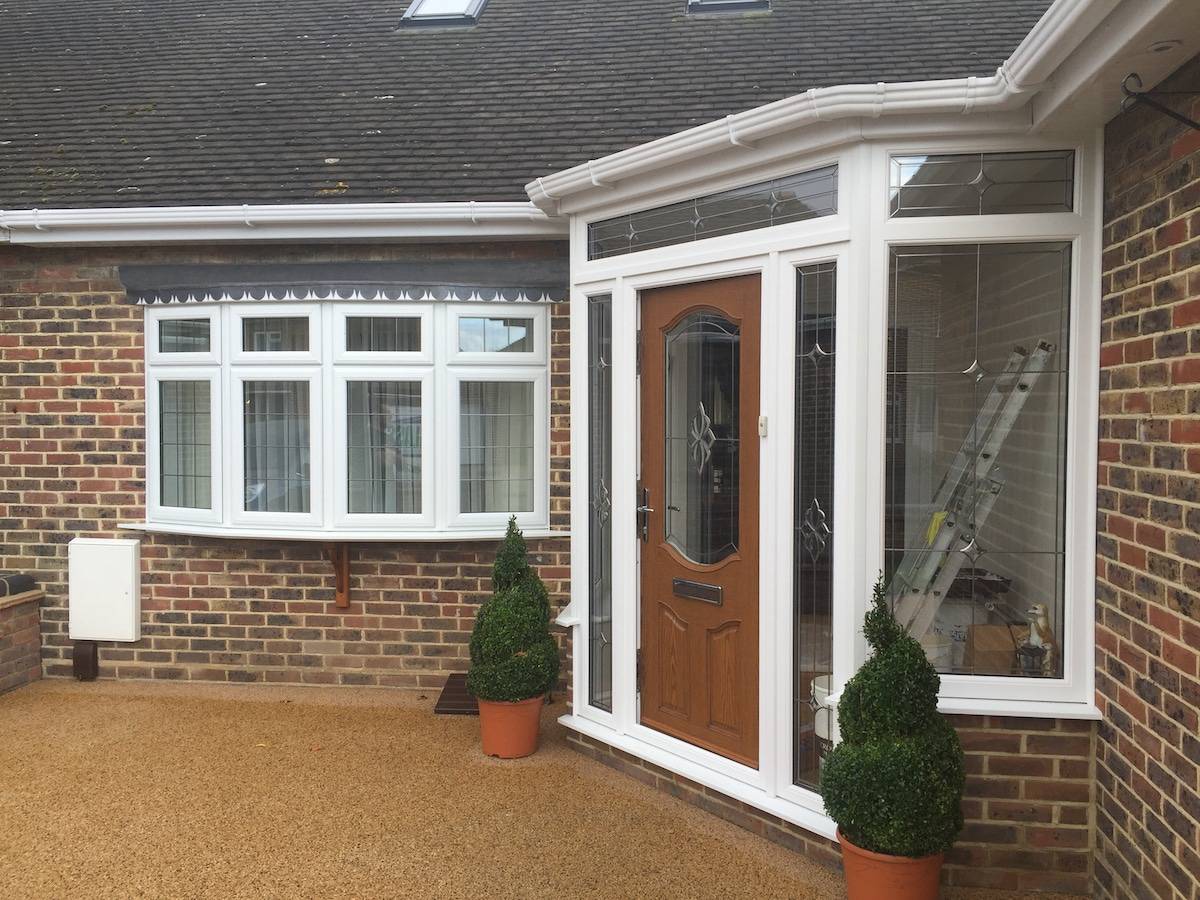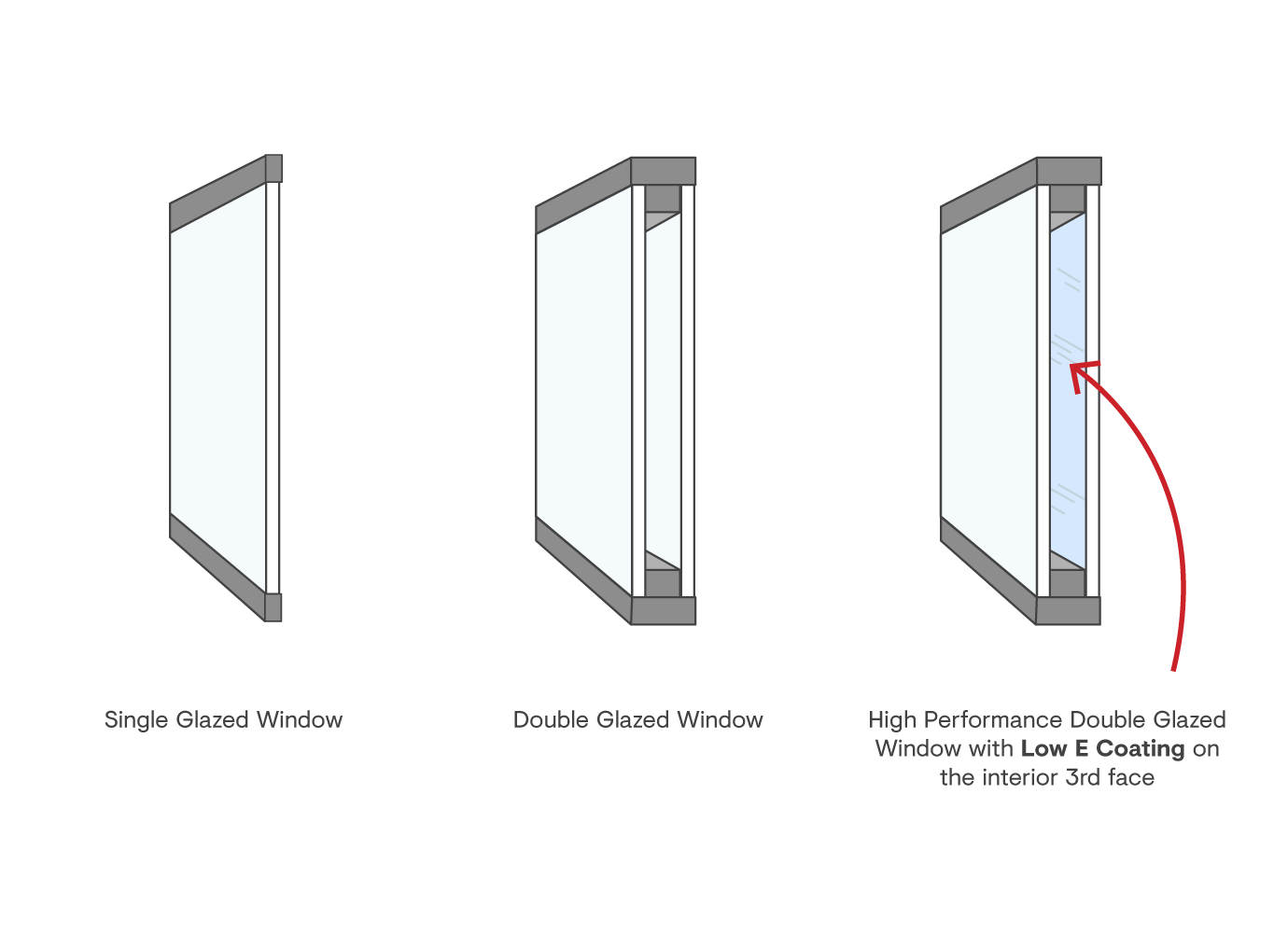All Categories
Featured
Table of Contents
Twinglaze® Double Glaze Specification Act - Vic in Mundijong Western Australia
Glazing merely suggests the windows in your home, consisting of both openable and fixed windows, in addition to doors with glass and skylights. Glazing actually simply suggests the glass part, however it is generally used to describe all aspects of an assembly including glass, movies, frames and home furnishings. Focusing on all of these elements will assist you to accomplish effective passive style.

Energy-efficient glazing makes your home more comfy and drastically lowers your energy costs. Nevertheless, inappropriate or badly developed glazing can be a significant source of unwanted heat gain in summer and significant heat loss and condensation in winter. As much as 87% of a home's heating energy can be acquired and up to 40% lost through windows.
Double Glazed Windows Melbourne in Atwell Perth
Glazing is a substantial financial investment in the quality of your home. An initial financial investment in energy-efficient windows, skylights and doors can greatly lower your annual heating and cooling expense.

This tool compares window selections to a base level aluminium window with 3mm clear glass. Comprehending some of the key properties of glass will assist you to pick the best glazing for your house. Key residential or commercial properties of glass Source: Adjusted from the Australian Window Association The quantity of light that travels through the glazing is called visible light transmittance (VLT) or visible transmittance (VT).
Why Double-glazed Windows Are A Must in Rivervale WA
This may lead you to turn on lights, which will lead to higher energy costs. Conduction is how readily a material performs heat. This is known as the U value. The U worth for windows (revealed as Uw), describes the conduction of the entire window (glass and frame together). The lower the U value, the greater a window's resistance to heat circulation and the better its insulating value.
If your house has 70m2 of glazing with aluminium frames and clear glass with a U value of 6. 2W/m2 C, on a winter season's night when it is 15C chillier outside compared with indoors, the heat loss through the windows would be: 6. 2 15 70 = 6510W That is comparable to the total heat output of a large room gas heater or a 6.
Enjoy Your Summer More With Double Glazed Windows in Bedford Perth

If you choose a window with half the U value (3. 1W/m2 C) (for example, double glazing with an argon-filled space and less-conductive frames), you can cut in half the heat loss: 3. 1 15 70 = 3255W The solar heat gain coefficient (SHGC) for windows (expressed as SHGCw) measures how readily heat from direct sunlight streams through an entire window (glass and frame together).
The lower a window's SHGC, the less solar heat it transmits to your home interior. Glazing manufacturers state an SHGC for each window type and design. The actual SHGC for windows is affected by the angle that solar radiation strikes the glass. This is referred to as the angle of occurrence.
Solace Creations: Home in Stirling WA
When the sun is perpendicular (at 90) to the glass, it has an angle of incidence of 0 and the window will experience the maximum possible solar heat gain. The SHGC stated by glazing makers is always calculated as having a 0 angle of incidence. As the angle increases, more solar radiation is shown, and less is transmitted.
Table of Contents
Latest Posts
Does Double Glazing Reduce The Heat In Brisbane's Summer? in Spearwood Western Australia
Save Energy With Double Glazed Windows in Hocking WA
Triple Glazing – Pros & Cons in Ocean Reef Western Australia
More
Latest Posts
Does Double Glazing Reduce The Heat In Brisbane's Summer? in Spearwood Western Australia
Save Energy With Double Glazed Windows in Hocking WA
Triple Glazing – Pros & Cons in Ocean Reef Western Australia